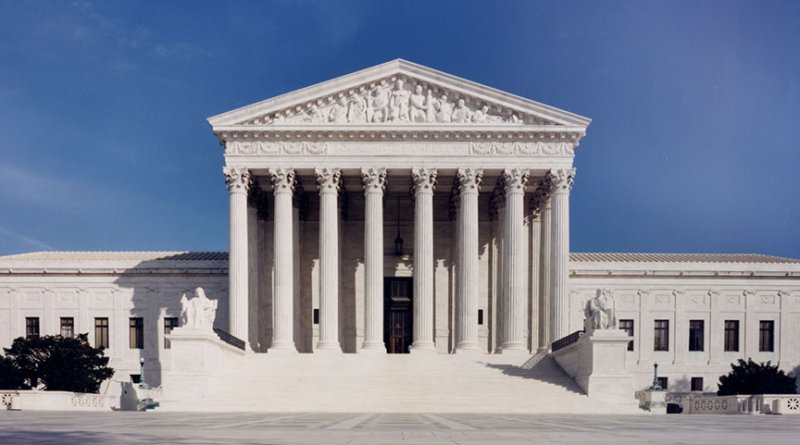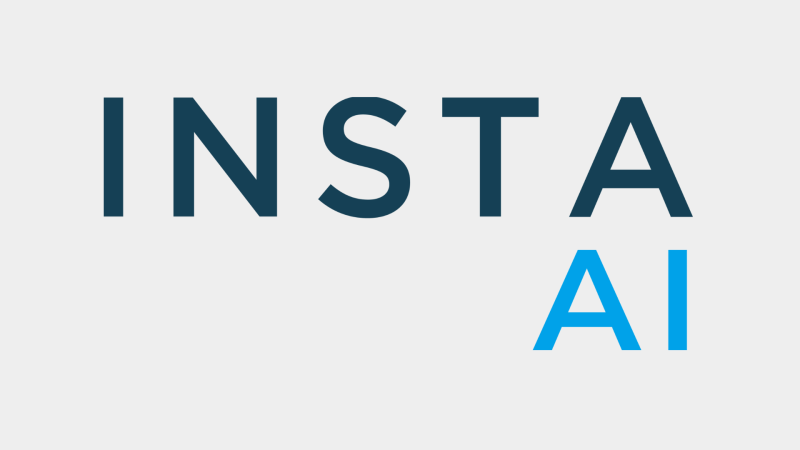
Homeownership Affordability Sees Slight Reprieve In July Amid Broader Challenges

While short-term stability persists, Atlanta Fed's index shows a downward trend, raising concerns as housing affordability dips below 2006 levels.
The quest for homebuyer affordability in the United States saw limited changes in July, reflecting a pattern similar to the previous month. But zoom out and the picture is dramatically different.
The Atlanta Fed’s Home Ownership Affordability Monitor dropped to 69.5 in June from 70.1 in May. While the index was below 69 last September and October, the latest reading is lower than in 2006 when housing affordability bottomed out at 71.5 in July of that year.
The index's current level is also 30.5 points lower than the Affordability Threshold of 100, which represents a median-income household spending 30% of its income on housing costs.
The main culprits are the high mortgage rates, with the average 30-year fixed clocking in at 7.48%, and lack of inventory.
In the short-term not much changed over the past month.
The Builders' Purchase Application Payment Index (BPAPI) released by the Mortgage Bankers Association (MBA) Thursday shows the national median payment sought by purchase applicants held steady at $2,162, mirroring June's figures. But that’s up $318 from one year ago, equal to a 17.2% increase.
An increase in MBA’s Purchase Applications Payment Index (PAPI) – indicative of declining borrower affordability conditions – means that the mortgage payment to income ratio (PIR) is higher due to increasing application loan amounts, rising mortgage rates, or a decrease in earnings. A decrease in the PAPI – indicative of improving borrower affordability conditions – occurs when loan application amounts decrease, mortgage rates decrease, or earnings increase.
The index indicated a slight improvement in homebuyer affordability for different racial and ethnic groups. For Black households, the national PAPI decreased from 176.3 in June to 174.7 in July. Similarly, affordability increased for Hispanic households, with the PAPI dropping from 168.9 in June to 167.3 in July. White households also experienced a minor increase in affordability, as the PAPI decreased from 178.5 in June to 176.9 in July.
Despite challenges in the housing market, the stability in homebuyer affordability during July suggests a nuanced balance between demand and costs, according to the MBA.




